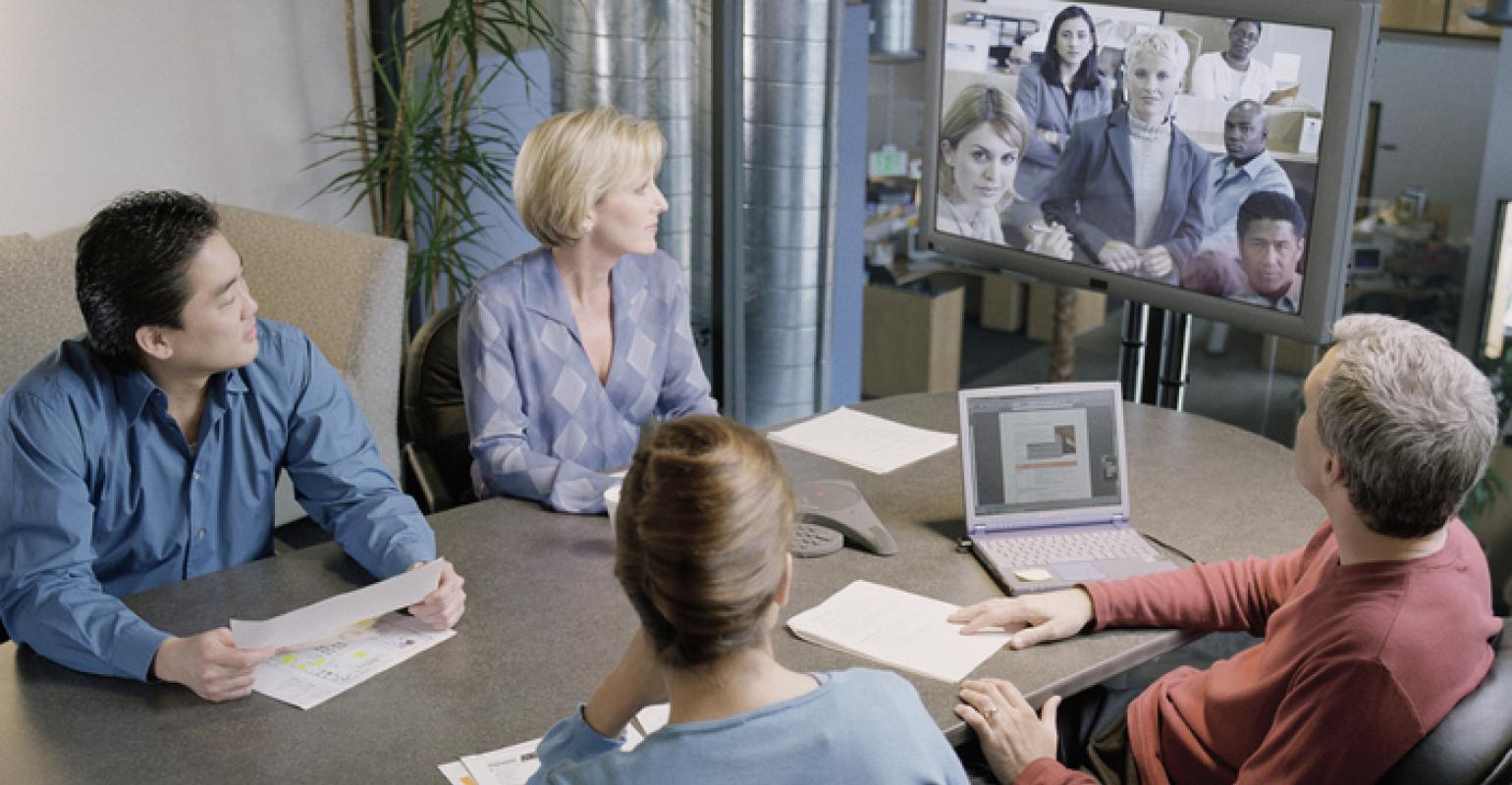What is a Psychologically Safe Meeting?
I must confess, for years I’ve hated meetings. Like many introverts, meetings caused me a great deal of anxiety, so I avoided them like the plague. It wasn’t until I shifted my mindset about the purpose of meetings that I had less disdain for them. Don’t get me wrong, meetings are still not at the top of my list of things I enjoy. If I have to choose between meeting or sending an email, trust me, I’m going with the latter. But why is that?

In recent years, terms such as “psychological safety,” “inclusion” and “safe spaces” have become widespread at work and in our everyday vocabulary. Before exploring what makes a meeting psychologically safe, let’s first define the term. This will ensure we are all on the same page about what it means and how to foster it at work.
What is Psychological Safety, Exactly?
The Center for Creative Leadership defines psychological safety as “the belief that you won’t be punished or humiliated for speaking up with ideas, questions, concerns, or mistakes.” Psychological safety begins with a sense of belonging and being your authentic self without fear of reprisal. On the other hand, psychological safety is not the same as being nice, setting low standards for work performance or just another word for trust.
The author of The 4 Stages of Psychological Safety: Defining the Path to Inclusion and Innovation asserts there are four stages an individual must experience before they truly can feel psychologically safe and speak up in any environment. Those include Stage 1: Inclusion Safety, Stage 2: Learner Safety, Stage 3: Contributor Safety and Stage 4: Challenger Safety.
The Dangers of Navigating Unsafe Spaces
Research on the dangers of navigating unsafe spaces makes clear that not opening or speaking up leads to:
- Shutting down and low self-esteem
- A feeling of dread or even fear about going to work
- Low productivity and performance
- Fear of being wrong, of making mistakes
- Feeling shamed and devalued
- Major risks for the organization
It’s imperative that leaders and organizations take a stand to foster psychological safety NOW.
9 Good Habits for Fostering Psychological Safety in Meetings
Here are some suggestions for how you can promote safe spaces when you bring a group of people together for a common good:
- Create community agreements: Having agreed upon meeting guidelines helps set expectations for how to engage and behave in a manner that supports psychological safety for everyone. An example of a common agreement is the Vegas rule: “what is said here, stays here.”
- Start and end on time: Predictability creates trust. As a meeting facilitator you are responsible for keeping to the time and structure of a meeting and for setting the tone so that safety can be established for all attendees.
- Promote the inclusion of all voices: Invite quieter, marginalized and commonly interrupted voices into conversations. Empower others to share ideas and concerns to avoid group think and maintain the status quo.
- Encourage curiosity: Instead of striving to have all the answers or to be right, ask more questions and focus on strengths. Spark discussion and curiosity among the group through appreciative inquiry.
- Celebrate risk-taking: How are people treated when they make mistakes, ask a “stupid” question or show vulnerability by admitting they don’t know something? Psychological safety is threatened when we are punished for taking risks. Research by Diana Whitney and Amanda Trosten-Bloom identify six freedoms, which are certain conditions that need to be met for people to feel a sense of personal power and safety in organizations.
- Support diversity of thought: One tool you can use to help generate diverse ideas among a group, in a psychologically safe way, is with Dissent Cards, a facilitation exercise introduced by former Navy Captain L. David Marquet in his book Leadership is Language.
- Promote transparency in decision making: How do you make decisions in a manner that includes all team members and also creates consensus more easily? Confidence Voting is an approach to making decision making more inclusive and transparent in team meetings, while also reducing groupthink.
- Leaders should listen more and speak last: When leaders are the last in a group meeting to share their responses to a question, it encourages others to share more openly. For ideas, download this free guide: Listen Like a Leader: 9 Tips to Drive Powerful Conversations.
- Model healthy conflict: When people have a sense of how their questions, concerns and challenges are handled by leaders and with a group, they can establish safety and trust. Viewing conflict as opportunity and not as a threat goes a long to setting the stage for openness and curiosity when someone says something that challenges the group status quo.
I encourage you to continue fostering psychologically safe spaces and organizations using these nine good habits and the additional resources here:
- The Fearless Organization by Amy C. Edmondson
- The 4 Stages of Psychological Safety by Timothy R. Clark
- How to Create Psychological Safety at Work by Candace Thorson (GovLoop)
- How to Build a Psychologically Safe Space Worksheet by Govloop
- The Psychological Safety Toolkit by Tom Geraghty here
ShaKima Tozay is a Licensed Clinical Social Worker and subject matter expert (SME) on counseling and advocacy programs in her current role. Her government career spans 15 years, starting in the Navy. Kima completed her Masters in Social Work degree from the University of Washington and has held positions with the Veterans Affairs Department (VA) and the Army. Kima is passionate about Diversity and Inclusion workplace issues. She earned a certificate from the Stanford University Graduate School of Business in Leveraging Diversity and Inclusion for Organizational Success. She also holds certifications in Executive Leadership and Women in Leadership Programs. You can connect with Kima on LinkedIn.
Interested in becoming a Featured Contributor? Email topics you’re interested in covering for GovLoop to featuredcontributors@govloop.com.





Leave a Reply
You must be logged in to post a comment.